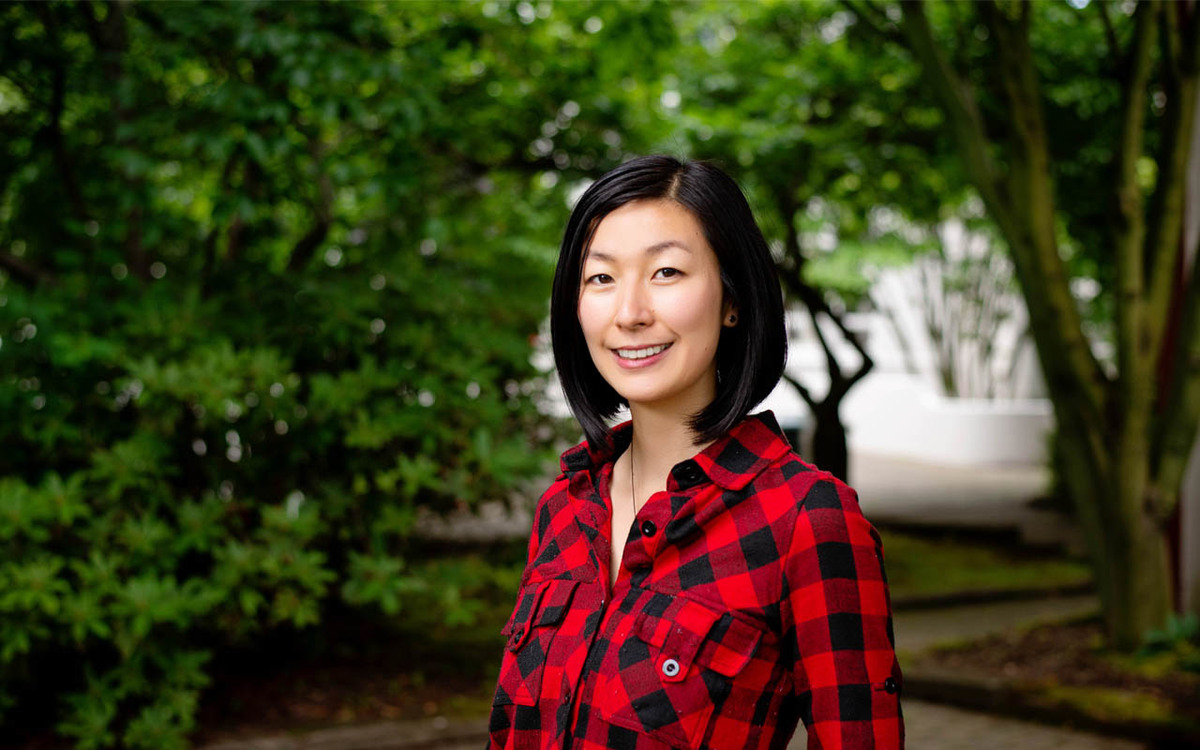SIT microplastics research project chosen as national pilot project
15 October 2020, 6:45 AM
 Dr Christine Liang, Programme Manager for the School of Environmental Management at SIT, has secured support to develop a research project that looks at an effective way to collect data measuring microplastics in waterways. PHOTO: Supplied
Dr Christine Liang, Programme Manager for the School of Environmental Management at SIT, has secured support to develop a research project that looks at an effective way to collect data measuring microplastics in waterways. PHOTO: SuppliedA Southern Institute of Technology (SIT) environmental research project on microplastics in Invercargill waterways has been recognised nationally for its potential to be rolled out across the country.
The project has been chosen as one of three pilot projects across New Zealand Institute of Skills and Technology (NZIST) organisations to receive concentrated support from the NZIST Research Directors towards gaining external funding. Submitted by the Programme Manager for the School of Environmental Management at SIT, Dr Christine Liang, it was selected from 47 projects, spanning eight research categories covering sustainability and climate change projects.
The project was initiated in 2019, when Environmental Management third-year student Niamh Edginton, co-supervised by SIT School of Environmental Management tutors, Dr Anna Palliser and Dr Claudia Gonnelli, examined microplastic concentrations in Invercargill city waterways.
Advertisement
Advertise on the Southland App
Microplastics, by definition, are very small pieces of plastic, less than 5mm in size, found in the environment as a result of the disposal and breakdown of consumer products and industrial waste.
The study focused on two inner-city streams with the analysis finding 11 out of the 16 samples taken had the presence of microplastics.
Dr Liang is currently developing the project as a citizen science initiative using crowd-sourced data to quantify microplastics in waterways. She submitted the research project to NZIST for consideration in June with the following goal included in the proposal: “The goal is to present a simple and standardised approach that can be easily applied by high school or tertiary students, empowering communities through environmental education and addressing the paucity (small amount) of nationwide data through citizen science”.

Microplastics are very small pieces of plastic less than 5mm in size found in the environment, resulting from the disposal and breakdown of consumer products and industrial waste. PHOTO: Supplied
Citizen science utilises public participation and collaboration in scientific research (usually as unpaid volunteers) to increase scientific knowledge. In this case, the collaborative approach involves first steps with high school students. Dr Liang said they had started trialling the methods with SIT’s Trades Academy class that has students from local high schools.
“We want to involve primary school kids as well and I’m currently in contact with the Southland Community Nursery education coordinator to set this up for the future”.
With a strong focus on student engagement, they hope to achieve a greater amount of data collection, in turn, attaining a more comprehensive research outcome, in an area where it is acknowledged there is a lack of quantitative data in New Zealand.
She said the significance of the study was that, at present, the majority of literature on plastic pollution was focused on the marine environment and only one study in New Zealand has quantified microplastics present in waterways, despite evidence suggesting rivers contain the highest concentrations of plastic pollution. A further complication was the varying methodologies used in sample collection, quantification, and identification. The lack of standardisation in these areas made it difficult to compare findings, she said.
“By first quantifying the state of microplastic concentrations in New Zealand waterways, measurable efforts can be implemented to reduce microplastic pollution and inform mitigation strategies.”
Dr Liang’s submission was successful and the NZIST Research Directors remarked in their feedback that the project had potential for scaling nationally and for "collaboration across the sector”. They also acknowledged Dr Liang’s good
connections and partnerships with local stakeholders – councils, environmental agencies, and iwi endorsing her as well-qualified to progress the project in creating a model for nationwide use.
Advertisement
Advertise on the Southland App
Dr Liang said, with the support of NZIST Research Directors, they were hoping to secure funding from sources such as Unlocking Curious Minds (MBIE) or the Waste Minimisation Fund (Ministry for the Environment).
“The funding will enable us to run our citizen science programme with schools, community groups, and tertiary institutions beyond the region.”
The partnership between schools and NZIST institutes may also help promote an interest in science and environment-related programmes, guiding students into future tertiary study and careers in the sector.
Dr Liang, who is an established researcher in her own right, supervised a number of student projects in 2019 which went on to be recognised in a variety of forums. Among these, she was on the organising committee for the New Zealand Coastal Society (NZCS) national conference, held in Invercargill last November, and co-authored three papers submitted by students on SIT’s Bachelor of Environmental Management degree.
“My research background is very science-orientated, and I’m used to collecting quantitative environmental data. However, teaching has always been my passion, so to be able to integrate environmental education into my research is really fulfilling. It is also really rewarding helping to start a community effort that could potentially better our environment,” she said.
Niamh Edginton, the student who initiated the research, is really excited about the project development, citing there’s still a country-wide lack of data on this form of pollution.
Advertisement
Advertise on the Southland App
“I am surprised that there is still minimal research being performed in New Zealand, and the idea of potentially using citizen science to monitor concentrations is a great thought," she said.
Dr Liang said to have the microplastics project recognised and be part of a pilot programme was gratifying.
“We are so stoked that this research could evolve into a nationwide initiative someday.”
AG | TRADES & SUPPLIES
ACTIVITIES & ATTRACTIONS


